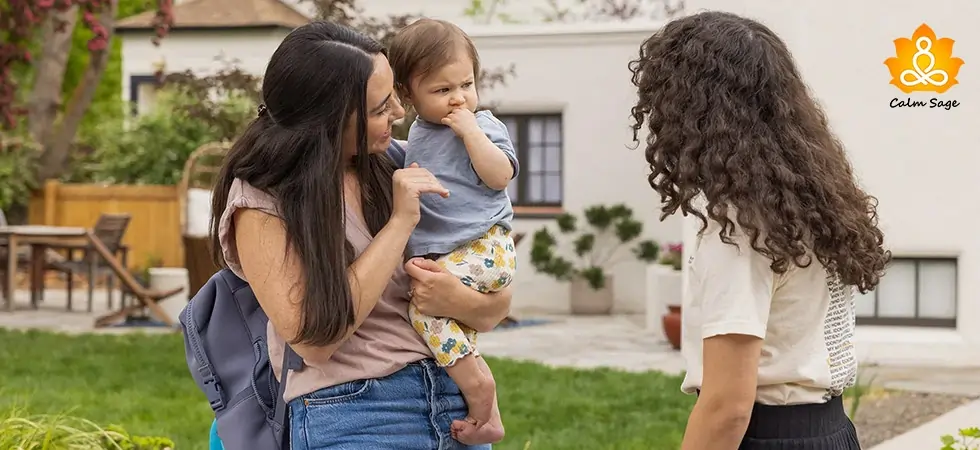Do You Want To Progress Socially? Try Social Skills Training (SST)

I am an introvert and my introvert-ness is not at all good for my professional life. Whenever I have to present a model or explain an important task to a colleague, my anxiety kicks in right away and it makes the whole conversation weird! In such situations, improving social skills can be a great way of improving personal and professional life.
Recently, I came across social skills training (SST) which is a type of behavioral therapy that helps individuals achieve their goals and teaches them to live independently.
This therapy is specially developed to help people struggling with behavioral disorders, anxiety, autism, and more who are not able to express themselves. In this blog, let us explore everything we need to know about social skills training (SST). So, let’s get started!
What is Social Skills Training?
Social skills training (SST) is a form of behavioral therapy that trains or teaches people to express their emotions. SST is an evidence-based therapy system that helps teach social skills. Not only this, but SST works on a wide range of social skills. Additionally, it also focuses on the behaviors and rules that help people interact effectively with others.
SST helps in providing social training for adults and kids such as:
- Social interaction
- Initiating conversations
- Assertiveness
- Body language
- Understanding and expressing emotions
- Empathy
SST in kids can help in:
- Expressing emotions
- Regulating behavior
- Maintaining friendships
- Waiting for others
- Making eye-contact
Importance of Social Skills Training
Social skills training for adults and kids is important for people struggling with autism, behavioral disorders, or anxiety disorders because it helps in addressing emotional needs. Additionally, it also helps in masking social inabilities.
With proper practice and exposure during sessions, a child or adult can help improve their self-esteem and self-confidence. Some therapists use SST in combination with other therapy treatments such as cognitive behavioral therapy (CBT), dialectical behavioral therapy (DBT), and others.
Uses of Social Skills Training
SST is specially developed for those who struggle with social skills such as making eye contact, initiating conversations, and more. Here are some common uses of social skills training:
- Teaches to respond in different social situations
- Develops self-confidence and self-esteem
- Improves non-verbal and verbal communication skills
- Improves productivity and efficiency
- Reduces stress and anxiety during social situations
- Develops teamwork skills
Training Techniques Used in Social Skills Training
Sessions of SST firstly involve an assessment of specific skills impairments and shortages. The therapist or trainer might ask you some questions related to social interactions that you want to improve and find challenging. The ultimate goal of SST is to identify the challenging situation and work on it. After the identification of the target, certain techniques are introduced and applied for improvement. Usually, a therapist might work on one area at a time to prevent emotional exhaustion. The therapist or trainer tries to model the behavior and tries to break down the complex behaviors with the help of:
- Behavioral Rehearsal: This technique involves role play that helps in practicing new skills during sessions.
- Proper Instructions: SST provides basic knowledge and instructions related to building specific social skills.
- Positive Reinforcement: Positive reinforcement is used to establish social skills training effectively.
- Regular Assignments: The therapist provides regular homework to practice social skills more practically.
- Regular Feedback: The therapist provides corrective feedback regularly for enhancing social skills.
How is Social Skills Training Practiced?
The training or sessions of SST varies because it involves the establishment of several factors that a therapist might need to work on. Usually, below-listed are some important steps that a therapist takes while implementing SST in adults or kids:
Step 1: Identifying the problems
The first-ever task is to identify social problems. This step is achieved through an assessment or small talk with the client. A therapist may also conduct some tests to find the areas of improvement. After identifying the problem, the therapists make a plan and establish clear goals.
Step 2: Establishing goals
After finding out the areas of improvement, the therapist works on finding social skills to be implemented and setting goals. For example, if a client is struggling with interpersonal skills, a therapist might collaborate with the client and work on building interpersonal skills through different techniques.
Step 3: Role modeling or rehearsals
After setting goals and explaining everything to the client, the practice begins wherein a therapist might suggest role modeling, eye contact, or other techniques to establish social skills in the client. Rehearsals are effective tools because they help in practicing social skills before implementing them realistically.
Step 4: Regular feedback
After group activities or role-plays, the trainer provides accurate feedback to the client so that they can work toward improvement and perform better in real-life situations. Additionally, feedback helps in encouragement and motivation to attend and learn from the sessions.
I hope this blog helps you understand everything you wanted to know about social skills training. Comment down and share your views on the same.
For more such content, connect with us through all social media platforms.
Thanks for reading!




















